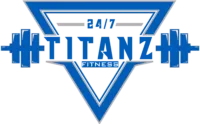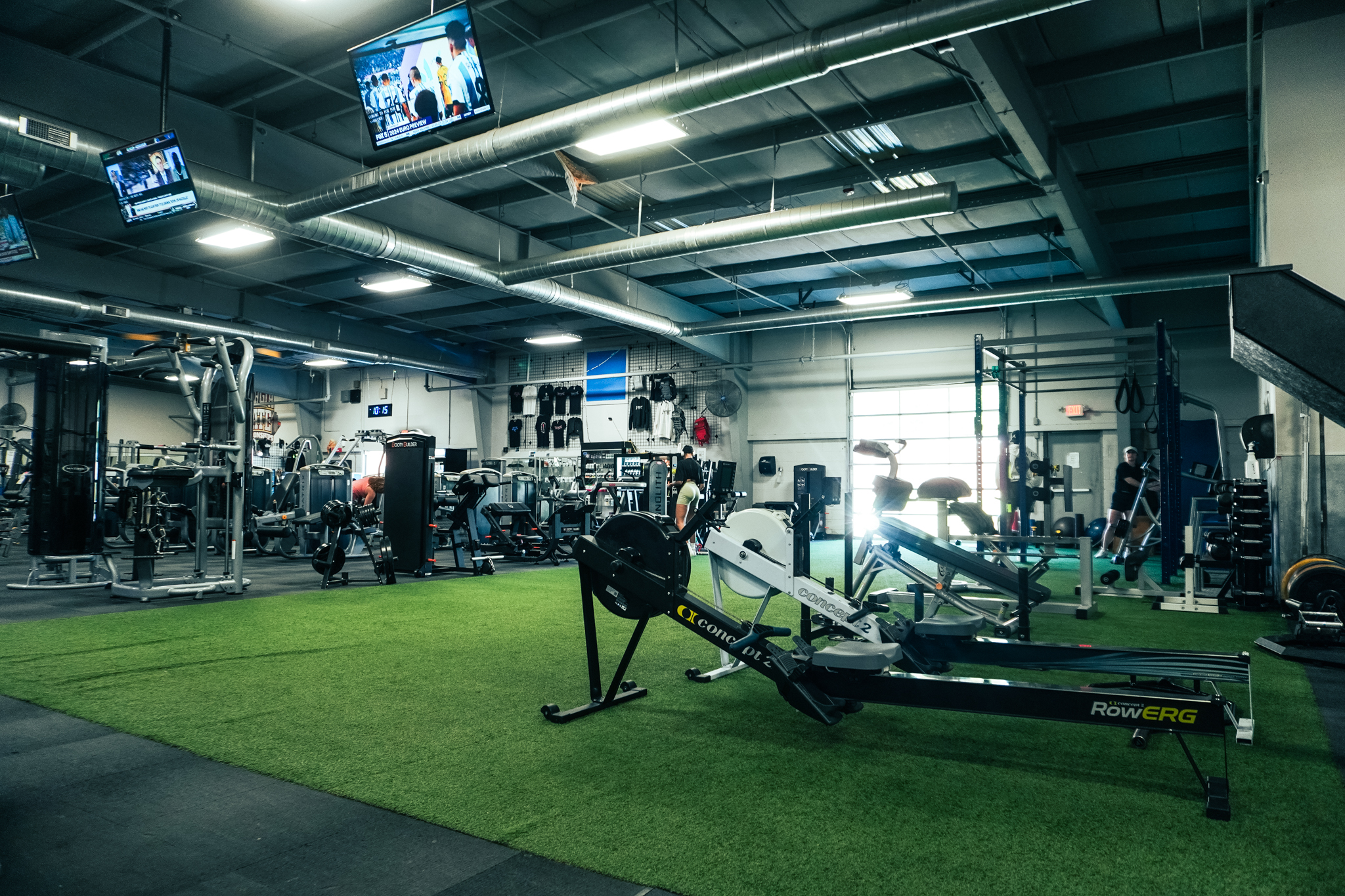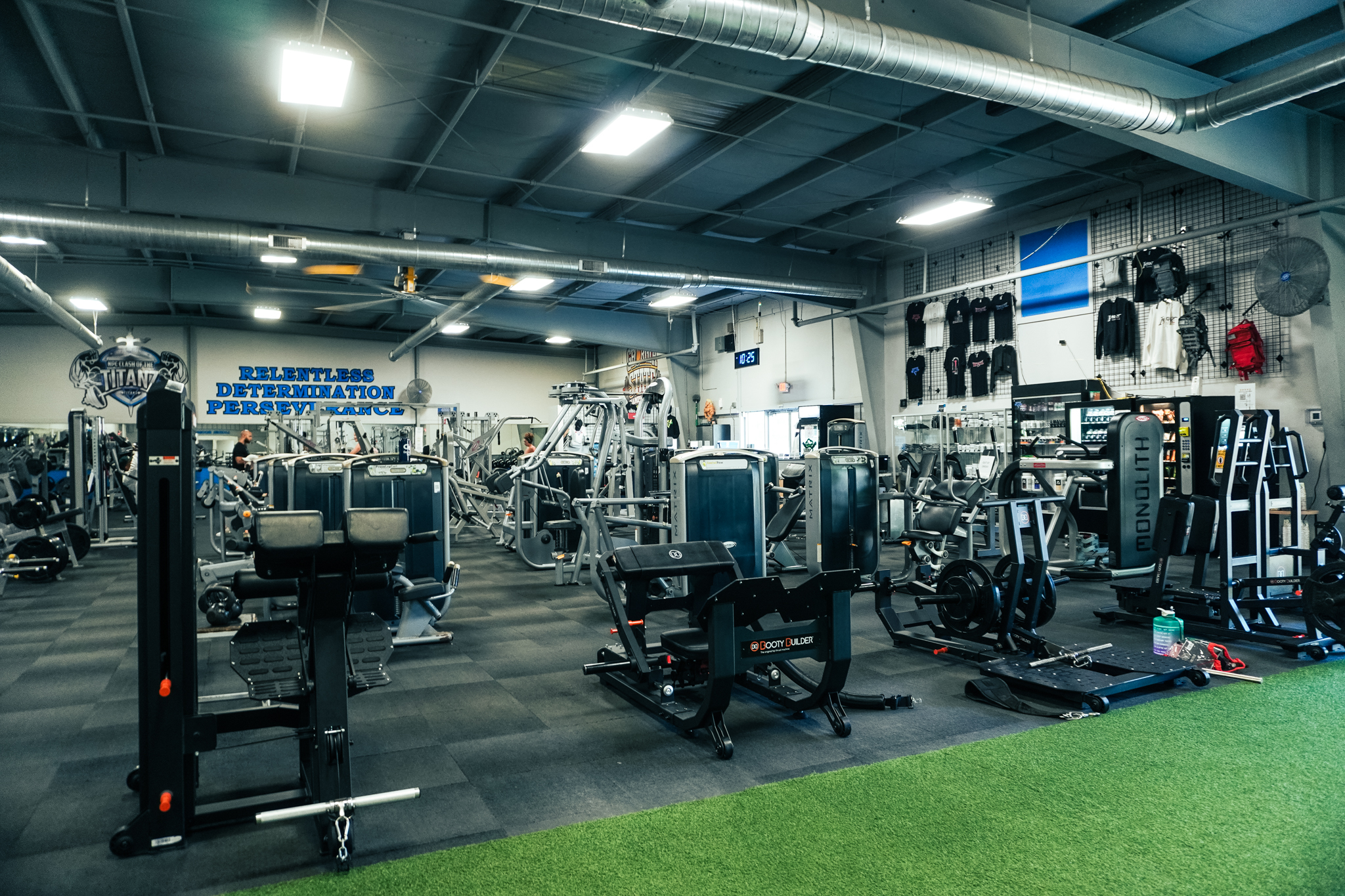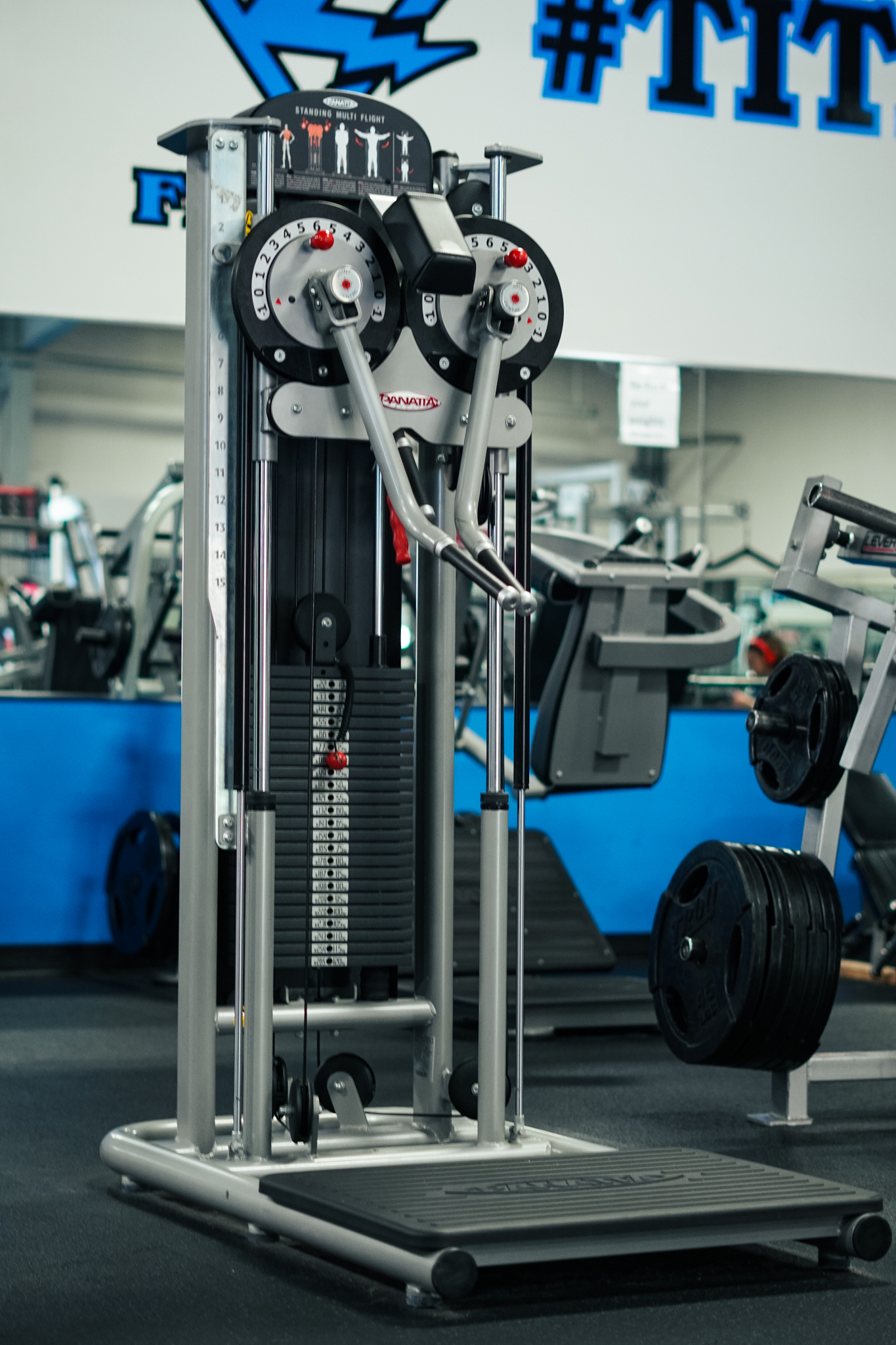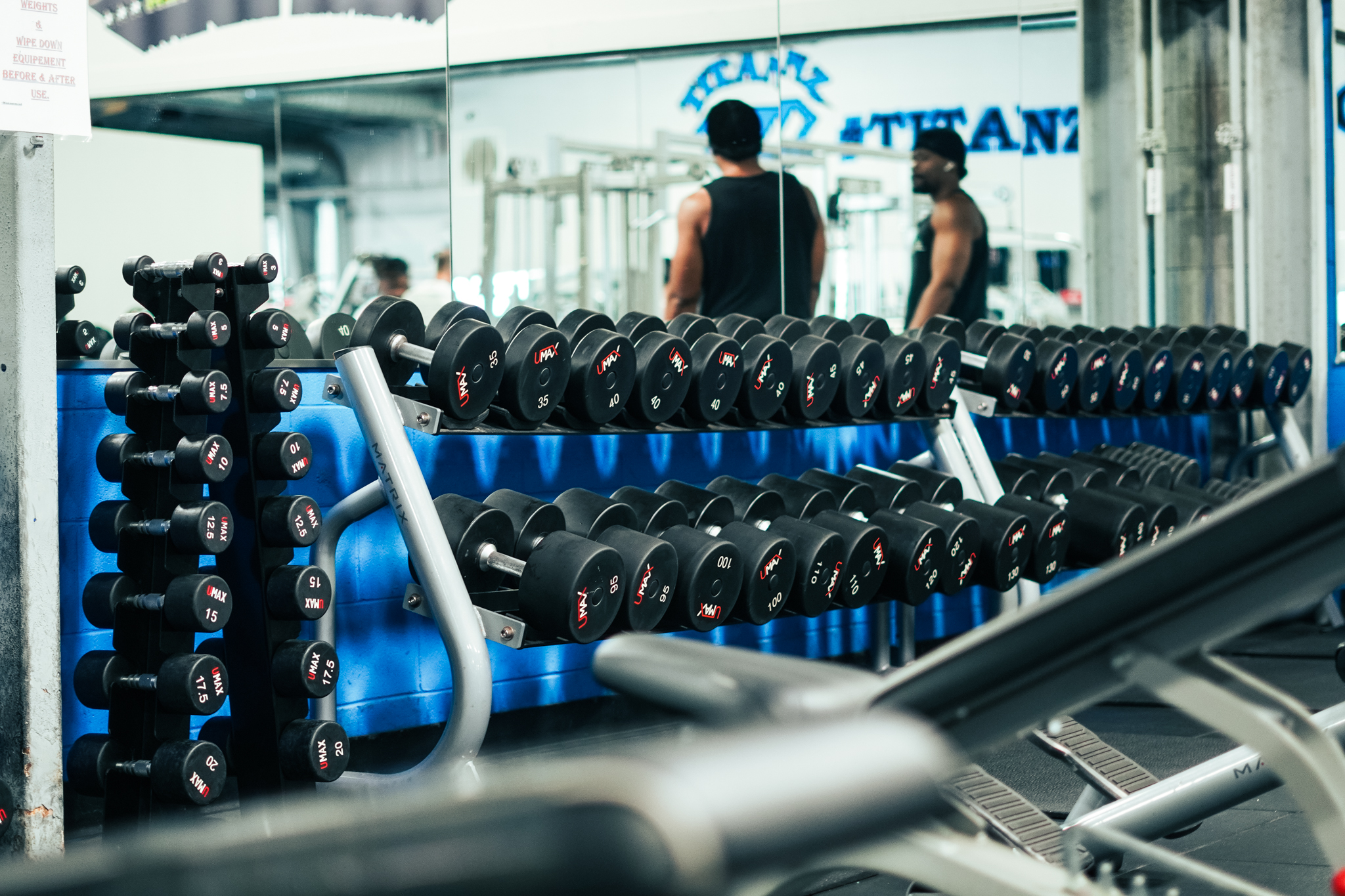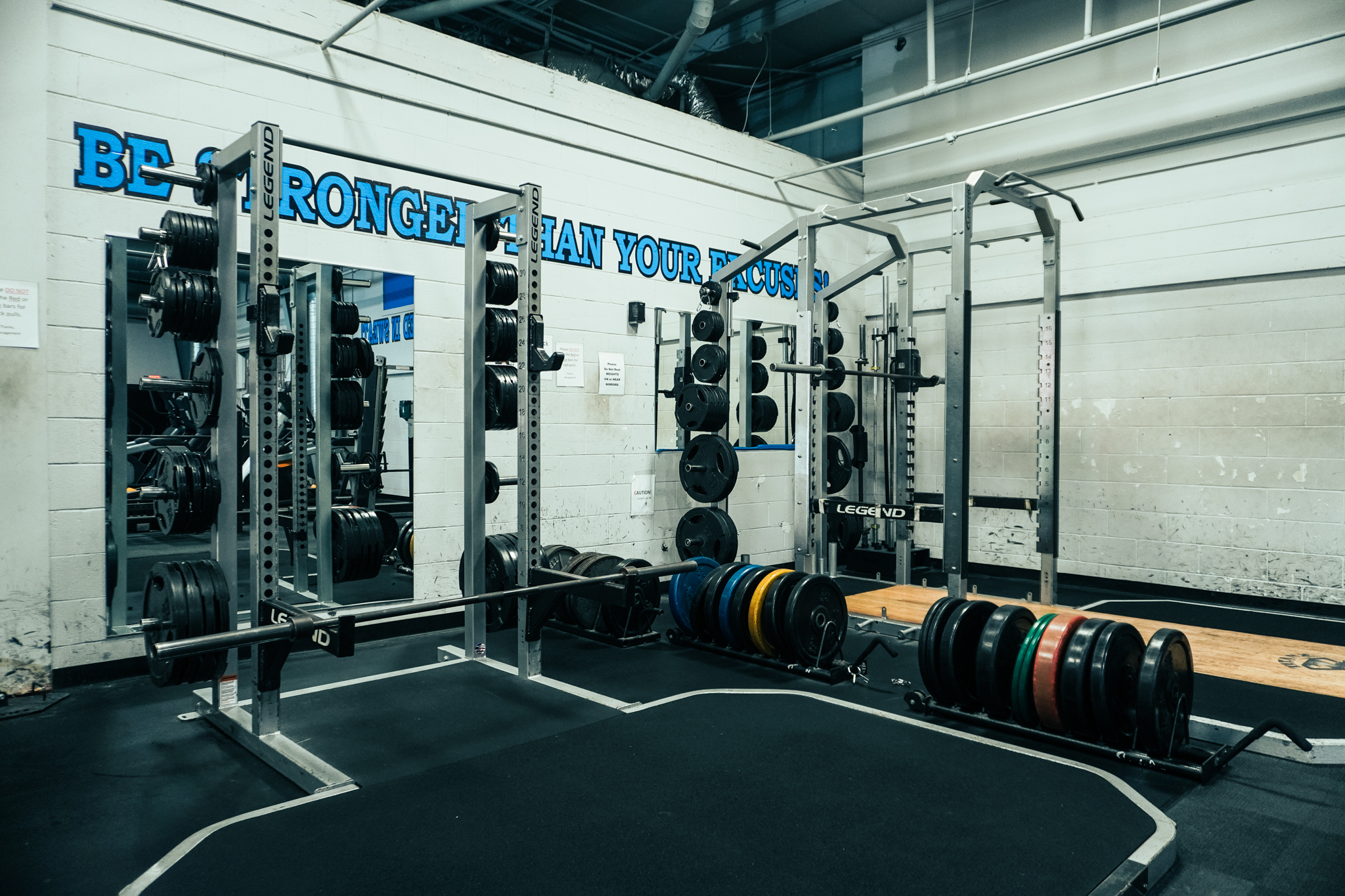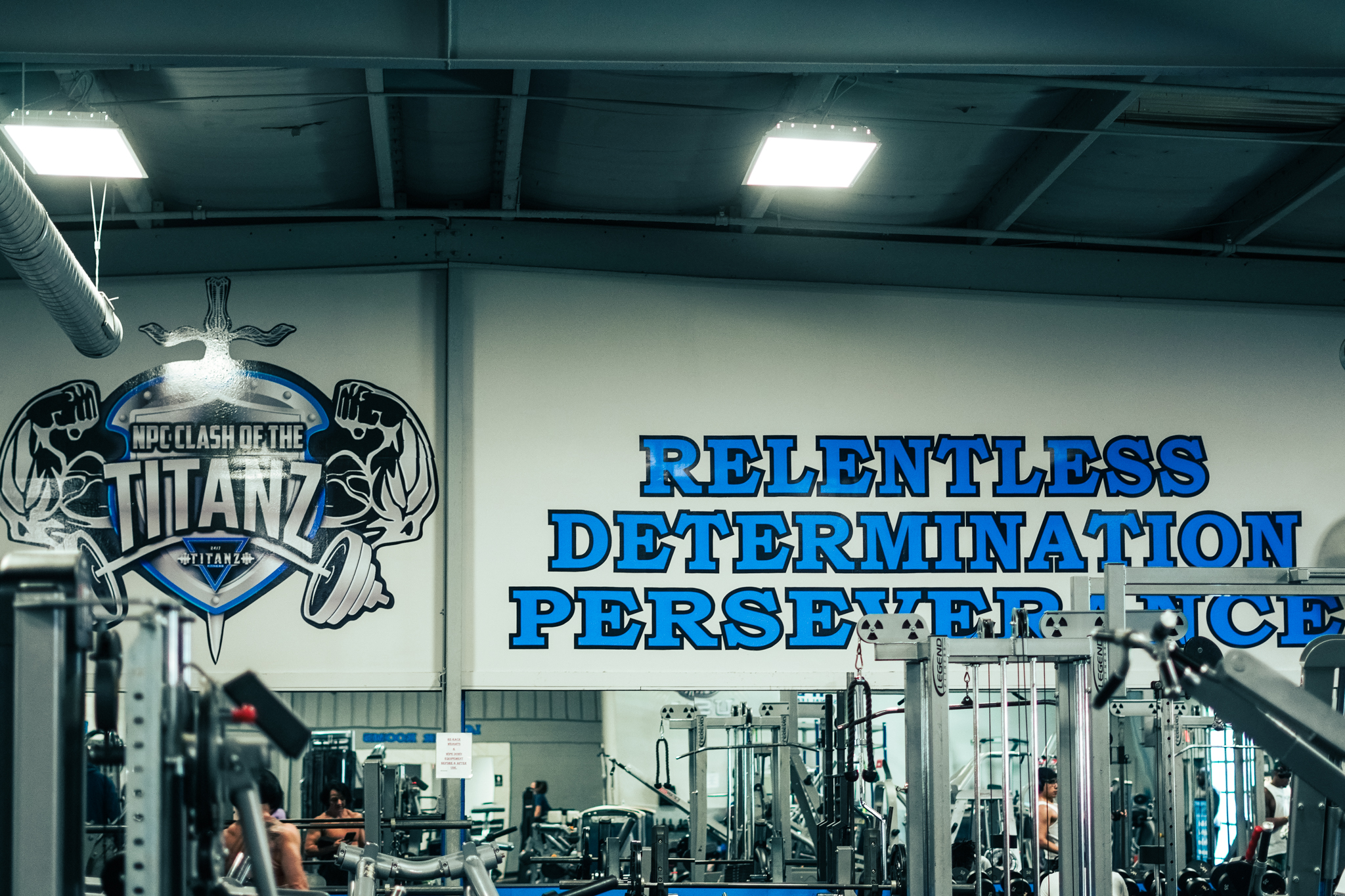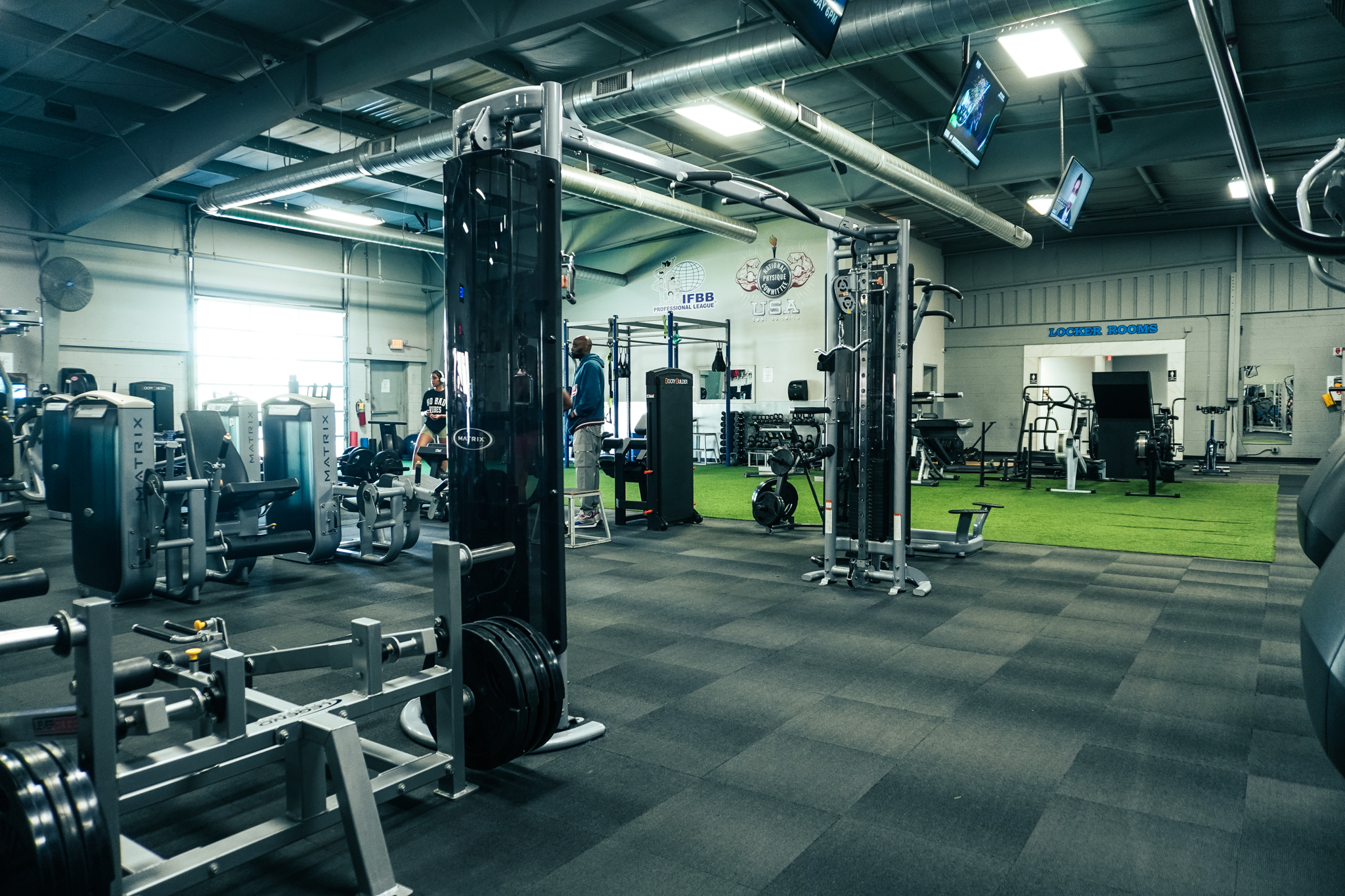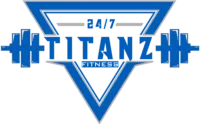
TRANSFORM
YOUR LIFE
Welcome to Titanz Fitness —
Where Progress Isn’t a Goal, It’s a Guarantee.
Welcome to Titanz Fitness — Where Progress Isn’t a Goal, It’s a Guarantee.
This is more than a gym. This is where limits are shattered, comfort zones are left behind, and real transformation begins. This is where progress happens. Welcome to the grind. Welcome to greatness.
Welcome to Titanz.
Because most gyms give you access.
Titanz gives you an edge

Unmatched Energy
Step into a space that hits different. The atmosphere at Titanz is electric—charged with intensity, motivation, and the kind of relentless drive that turns ordinary workouts into game-day performances. Every session here pushes you further, faster, harder.

A Community That’s Got Your Back
No egos. No judgment. Just a crew of driven individuals all chasing more—more reps, more weight, more progress. Whether you're brand new or a seasoned athlete, you're never in it alone. At Titanz, we grind together, grow together, and win together.
Elite Equipment, No Compromises
This isn’t your average gym setup. From powerlifting platforms to elite bodybuilding machines, Olympic-grade gear to hard-to-find specialty equipment—we’ve built a playground for serious progress. Everything here is chosen for one reason: results.

Always Open. Always On.
3am. Christmas Day. In the middle of a storm. Titanz never shuts down, because neither does your ambition. Open 24/7, 365 days a year—we're here whenever you're ready to put in work.
Smyrna's FAVORITE GYM
WITH 24/7 ACCESS
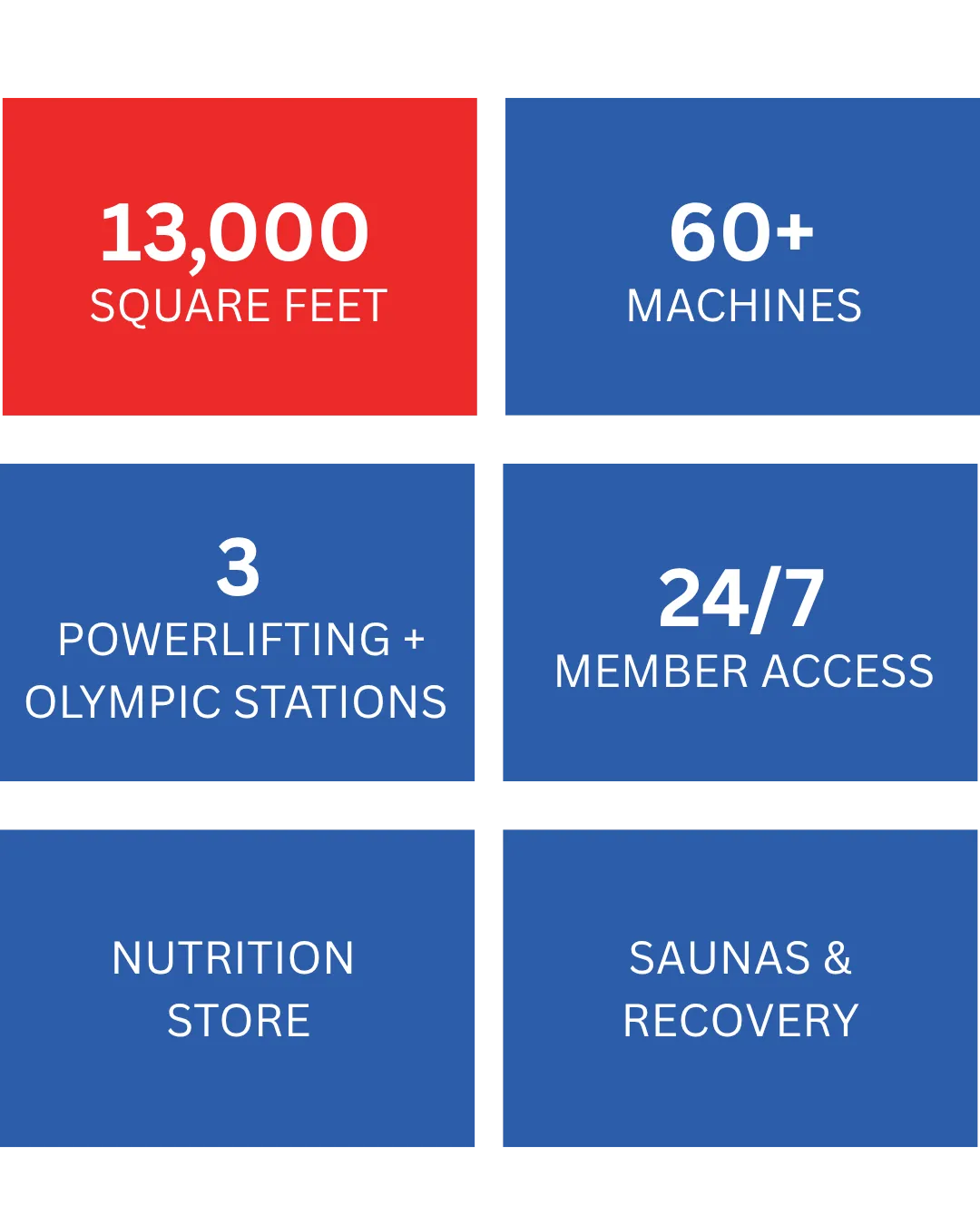


MEMBER SPOTLIGHT
EVERYTHING YOU GET WHEN YOU
JOIN TODAY
24/7 ACCESS
ELECTRIC ENVIRONMENT
STRONG, WELCOMING COMMUNITY
WORLD CLASS EQUIPMENT
FREE TEE-SHIRT
20% OFF IN STORE COUPON
FREE IN-PERSON COACHING SESSION

WHAT OUR MEMBERS & VISITORS
LOVE ABOUT TITANZ FITNESS

This is by far my favorite spot I’ve found in metro atlanta to lift. They have all the equipment you’re looking for plus some including saunas, db, press equipment with a few unique machine. There is turf with kettlebells and full racks with serval places for barbell training.

As an actor who loves to workout it's hard somettimes to find a gym that suits my needs when I'm shooting out of town. And when I say workout I mean weights lol. I googled gyms in Atlanta and after browsing multiple gyms I found Titanz and it's just what I needed. Plenty of weights and equipment, clean and a friendly staff. If you need a gym in Atlanta then Titanz is it.

THIS GYM IS LEGIT!!! FIRST TIME EXPERIENCE AND GUEST AND THEY TREATED ME WELL. NOT TO MENTION THE GYM WAS VERY CLEAN! CATERS TO ALL FITNESS LEVELS BUT DEFINITELY A DOPE BODY BUILDING GYM TO GO TO! REALLY ENJOYED THIS AND WOULD HIGHLY RECOMMEND TO ANYONE IN GA OR EVEN VISITING!!

There is nothing but positive vibes at this gym. No matter what your goals may be they have something to offer you. Staff is very nice and helpful and the gym is very clean. Hands down the best gym around.

Recently joined and loving it. The fellow gym goers are respectful and clean all the machines after every use. The whole facility is clean with plenty of great machines and equipment to use. There’s even a sauna in the locker room that is very nice. Great gym!

I can’t think of anything negative. They have equipment in here that I’ve only seen on the internet before. Everyone is very professional and the other people working out are just into fitness, very considerate, etc. I’ve been looking for this place for some time.
FREQUENTLY
ASKED QUESTIONS
Your Title Here
Lorem ipsum dolor sit amet, consectetur adipisicing elit. Autem dolore, alias, numquam enim ab voluptate id quam harum ducimus cupiditate similique quisquam et deserunt, recusandae.

Your Title Here
Lorem ipsum dolor sit amet, consectetur adipisicing elit. Autem dolore, alias, numquam enim ab voluptate id quam harum ducimus cupiditate similique quisquam et deserunt, recusandae.

Your Title Here
Lorem ipsum dolor sit amet, consectetur adipisicing elit. Autem dolore, alias, numquam enim ab voluptate id quam harum ducimus cupiditate similique quisquam et deserunt, recusandae.

